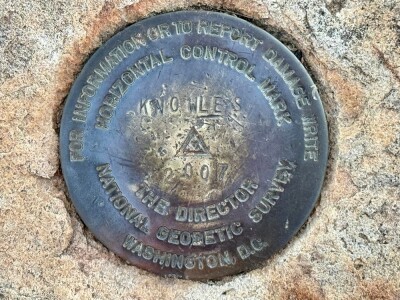Asset management is one place that 3D imaging can provide a tremendous advantage. To my thinking, BIM is simply that: asset management. So is GIS. Essentially, any technology that virtualizes or digitizes assets, so that they can be used more efficiently and maintained most successfully is, at its root, an asset management tool.
While many in the 3D imaging fields promote asset management (myself included), few of us have seen it implemented fully or effectively over time. Why is this? Let’s make a list of the benefits of 3D and digital asset management advantages:
- Track Resources
- Maximize ROI by Maintaining to Highest Standard
- Maximize Efficiency
- Simulate Changes to Discover Improvements at Lower Cost
- Collect Information and Connect it Spatially to Spot Trends
- Share Information Across Disciplines
Most everyone would agree that these are good things to do. These are positive steps to insure the success of a company. So, why is it not happening on a much larger scale?
I spent most of last week on vacation taking my family to Walt Disney World. While the kids went crazy over Mickey Mouse and one Princess after another, I caught myself looking at the entire installation as one large asset management project. It was amazing to see how they used the same space and resources in differing ways with ultimate efficiency. There is nothing in the park that is not tagged. I found brass ID marks in the roads next to utility access panels and manholes, UPC codes were on smaller objects, and teams would erect posts and fencing in the 10-15 minutes before a parade and then disassemble it in even less time at the conclusion of the parade.
Being there on Halloween left me with one of the greatest examples of efficiency. The park was fully decorated for the holiday until closing at 2am Saturday morning. When I entered the park on Saturday at 9am – that’s just seven hours later – every decoration had been removed and the park was decorated in a fall theme. That’s every jack o’ lantern, ghost, goblin, you name it … in a densely packed, 107-acre facility!
After spending a few days there I started wondering why Disney finds the quick changeover necessary when other large asset owners do not? What they do is amazing from the point of view of a guest, but it’s not really necessary. If they took two or three days to convert the theme of the park from Halloween to fall, I do not think I would have been offended! The conclusion I came to was that it was a matter of time.
At some point, I saw a video of Walt Disney talking about the Florida park(s) as the answer to the main problem that he had at California’s Disneyland. In Florida, he had space. He wasn’t crushed into a city and he had learned the lesson of using space (and other resources) wisely. But the real difference is that Disney plans on being there using that space and operating those assets from now on. In essence, any investment that pays out over the long term is an investment they are willing to make.
I am positive that a monorail system was prohibitively more expensive than a parking lot when the park opened in 1971. They could have put in the parking lot close to the front gates and simply moved it later on when the resorts were built and put in a monorail at that time. It would have required less money (initially) and would have increased profits in the short term. However, the way they did it increased profits in the long term and allowed for increased property value due to better asset management. Examples like this are still evident today. The parks (Magic Kingdom, EPCOT, Hollywood Studios, etc.) seem far apart. In fact, you can’t see one from the other on the ground. But, by doing so, each has the ability to grow while space remains to add new attractions and amenities.
As a species, we tend to not think long term. Most of us find it difficult to contemplate and plan for the totality of our lifespan much less for future generations. As our lifespans have increased and our manufacturing abilities have multiplied, we seem even less inclined to do so. Perhaps it is due to financial systems that reward for results in yearly or even quarterly cycles. Perhaps it is because it seems safer to make a little money now than to position ourselves best for a future that seems to be disrupted by new technological innovations on a daily basis. I hope that begins to change soon.
Computer modeling and good data collection can clearly demonstrate the amount of waste that we put up with in the name of short-term profit. While I applaud Disney and would love to work with their systems, it’s a shame to see the most strategic, longest-term planning and asset management coming from a company that sells believing in magic as its core business.





